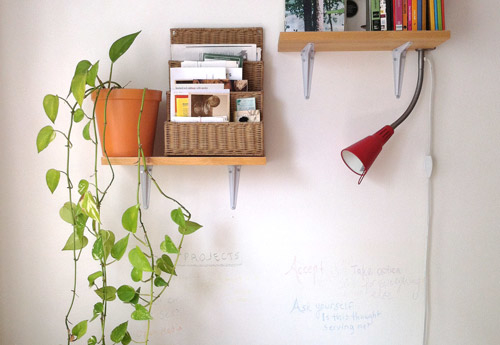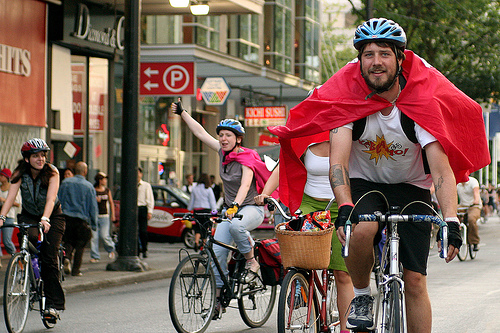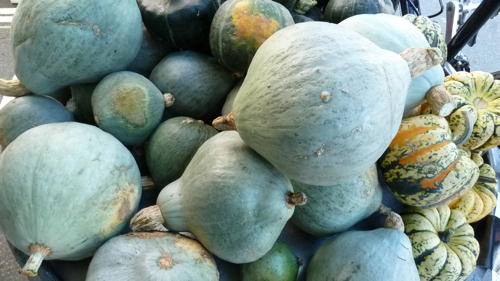Waste issues swept under the 49th Parallel rug
CBC reported today that the “board of Metro Vancouver has voted for a plan to send the region’s garbage to Washington state, if the provincial government authorizes the shipments.”
The long-time dump in Cache Creek is expected to reach capacity by 2010, so they’ve been looking at other locations and settled on WA.
“Sending the garbage to Washington is a short-term solution, said [Metro Vancouver waste committee vice-chairman Peter] Ladner. Eventually, the city hopes to burn the garbage to generate power.”
The article doesn’t offer the most sensible, sustainable solution (of many), which is to reduce waste.
Vancouver-based Zero Waste Blog writes:
“…a notice sent out to residents of Newmarket ON [introduced] “Binny,” the container that the city would use to collect food waste in its new composting program.
“The program started in September 2007. By November the town was diverting 78% of its waste from the landfill.”
Wow! Could you imagine if Metro Vancouver were able to even divert 50%?
Some comments on the article suggested we “ship it all back to where it came from,” with the assumption that all our waste comes from China. Banana peels, BC apple cores, and plant prunings didn’t come from China! It’s a narrow-minded and irresponsible view that, like the Washington proposal, takes the responsibility off of Metro Vancouver and Metro Vancouverites to generate less waste. It also does nothing to make any changes in legislation that would pressure manufacturers to reduce packaging*, use ONLY recyclable packaging, and initiate take-back policies that would ensure products return to manufacturers at the end of their life cycle. (This is, by the way, not a new idea.)
So you see, while a lot of this is in our hands as consumers — to make the right, conscious choices to begin with — much of it also rests in the hands of government and manufacturers. And of course, whatever changes at that corporate level affects other cities as well.
Cynics will say that telling consumers to just consume less and generate less trash won’t work. That’s not the only solution and maybe not even the main solution: it’s about what that waste is. Is it recyclable? Is it toxic? With a little effort can it be returned to a return-it depot or a store (like electronics, milk containers and batteries)? Can it be composted or picked up in a compost program? Can it be reused, donated, mended, sold or traded?
The current proposal is a clear example of “same sh**, different pile.” Let’s make some crucial changes happen.
* Reducing packaging also offers the potential benefits of reduced manufacturing resources, shipping weight, space requirements (like in store shelves), and the resources that go into recycling excess packaging. Reduce comes before reuse and recycle!



